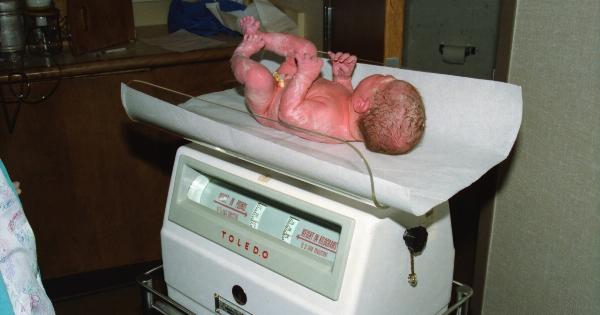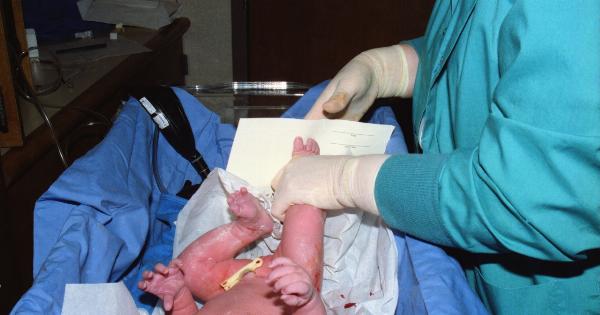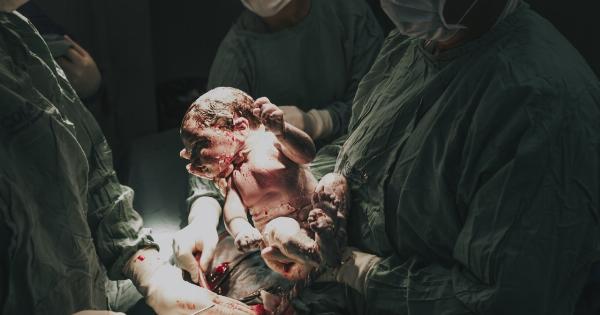A c-section, also known as a cesarean section, is a surgical procedure in which the baby is delivered through a cut in the mother’s abdomen and uterus.
While this type of birth can be necessary and life-saving in some cases, it also involves a longer and more complex recovery process than a vaginal delivery. If you’ve had a c-section, it’s important to take care of yourself and follow certain guidelines to ensure that your body heals properly.
1. Take It Easy
After a c-section, your body needs time to heal. For the first few weeks, you should avoid any heavy lifting, strenuous exercise, or other activities that could put a strain on your incision site.
Be sure to listen to your body and rest when you feel tired or achy. It’s also a good idea to take things slow when it comes to household chores and other responsibilities. Don’t be afraid to ask for help from friends and family members if you need it.
2. Care for Your Incision Site
Your incision site is where the surgeon made the cut to deliver your baby. Proper care of this area is essential to prevent infection and promote healing.
You should keep the area clean and dry, and avoid using any lotions or creams that could irritate it. Some women find that using an abdominal binder or compression underwear can be helpful in supporting the incision site and reducing discomfort.
3. Manage Pain
After a c-section, you’re likely to experience some pain and discomfort. Your doctor will likely prescribe pain medication to help manage this.
It’s important to take this medication as directed, and to let your doctor know if you’re experiencing any side effects or the medication doesn’t seem to be helping. Additionally, you might find that using ice packs or heat pads can be helpful in relieving soreness and stiffness.
4. Practice Good Nutrition
Your body needs proper nutrition to heal properly after a c-section. Be sure to eat a balanced diet that includes plenty of fruits, vegetables, whole grains, and lean proteins.
You might also consider taking a multivitamin to ensure that you’re getting all the nutrients you need. Drinking plenty of water is also important to stay hydrated and promote healing.
5. Stay Active
While you shouldn’t engage in strenuous exercise immediately after a c-section, staying active can help promote healing and reduce the risk of certain complications, such as blood clots.
Try taking short walks around your home or neighborhood, and gradually increase your activity level as you feel ready. You might also consider postpartum exercise programs designed specifically for women who have had c-sections.
6. Watch for Signs of Infection
Any surgical procedure carries a risk of infection, and a c-section is no exception. Watch for signs of infection at your incision site, such as redness, swelling, warmth, or drainage.
Additionally, be on the lookout for fever, chills, or other signs of illness. If you suspect that you might have an infection, contact your doctor right away. Prompt treatment is essential to prevent complications.
7. Embrace Your Emotions
Recovering from a c-section can be stressful and emotionally taxing. It’s not uncommon to feel overwhelmed, anxious, or even depressed after childbirth. Be sure to talk to your doctor about any emotional symptoms you’re experiencing.
Support from friends and family can also be helpful, as can seeking out a therapist or support group for women who have had c-sections.
8. Take Care of Your Baby
While it’s important to focus on your own recovery after a c-section, your newborn baby will also need your care and attention. Be sure to follow your doctor’s instructions for breastfeeding, bathing, and caring for your baby.
It’s okay to ask for help if you need it, and to give yourself permission to rest when you need to.
9. Attend Follow-Up Appointments
Your doctor will likely schedule follow-up appointments to check on your progress and ensure that you’re healing properly.
It’s important to attend these appointments and to let your doctor know if you’re experiencing any issues or concerns. Your doctor can offer guidance and support to help you navigate the recovery process.
10. Be Patient with Yourself
Recovering from a c-section can be a slow and gradual process. Be patient with yourself and don’t expect to feel completely back to normal immediately. Your body went through a major trauma, and it needs time to heal.
Focus on taking things one day at a time, and be kind to yourself as you navigate the road to recovery.





























